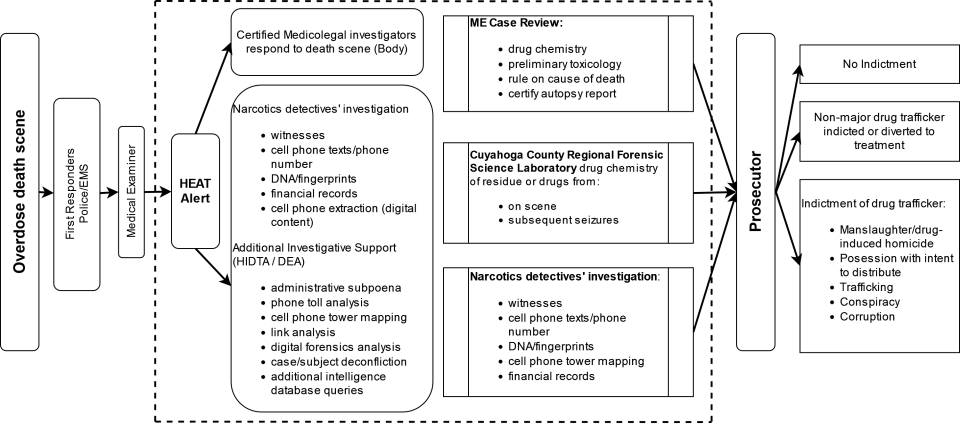Exhibit 1. Heroin Involved Death Investigation (HIDI) Protocol
This image is Exhibit 1 from the article "Supporting Law Enforcement and Prosecution of Opioid-Related Overdose Deaths."
This figure illustrates the flow of a case from the overdose death scene to indictment. The flow illustrates the importance of the alert system and the complementary roles of the responding detective and medicolegal death investigator. It also highlights the core elements of an investigation that are important for decisions about prosecution of traffickers
- First Reponders: Police/EMS
- Medical Examiner
- HEAT ALERT
- Certified Medicolegal investigators respond to death scene (Body). The ME Case Review includes drug chemistry, preliminary toxicology, rule on cause of death, certify autopsy report
- Cuyahoga County Regional Forensic Science Laboratory tests drug chemistry of residue or drugs from on scene and subsequent seizure.
- Narcotics detective's investigation includes witnesses, cell phone texts/phone number, DNA/fingerprints, financial records, and cell phone extraction (digital content). Cuyahoga County Regional Forensic Science Laboratory drug chemistry on residue drugs from on scene and subsequent seizures
- Additional investigation support (HDTA/DEA) includes administrative subpoena, phone toll analysis, cell phone tower mapping, link analysis, digital forensic analysis, case/subject deconfliction, and additional intelligence queries
- Prosecutor decision
- No indictment
- Non-major drug trafficker indicted or diverted to treatment
- Indictment of drug trafficker for manslaughter/drug-induced homicide, posession with intent to distribute, trafficking, conspiracy, corruption
Source: Cuyahoga County, Ohio, Heroin and Crime Initiative: Informing the Investigation and Prosecution of Heroin-Related Overdose (2022) Figure 2, page 10.


